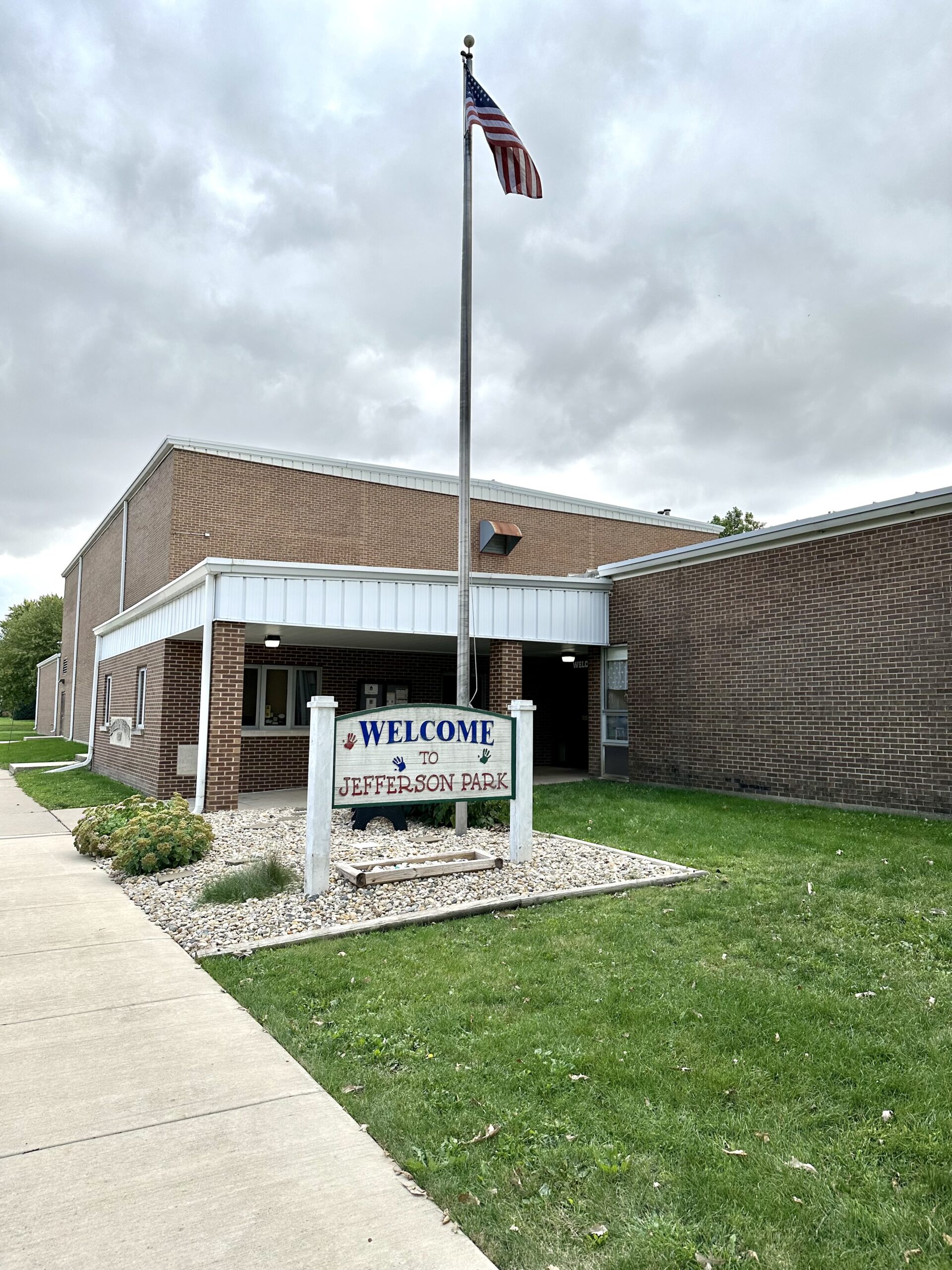Jefferson Park Elementary School: Meeting Every Student’s Social and Emotional Needs

Location: El Paso, IL
Type of school: Public elementary school
Grade levels: Pre-K–2
Number of students: 255
A Responsive Classroom school since: 2021
Before Jefferson Park Elementary staff first started using the Responsive Classroom approach, they already had a robust, well-established system in place for addressing academic concerns. Their process for responding to Tier 1, 2, and 3 academic issues with differentiated interventions ensured that no students fell behind academically. However, when Principal Kelly Throneburg met with her staff, she realized there was a different issue they needed to address: “More and more of our referrals to our problem-solving team were based on social-emotional needs.”
Identifying the Challenge
Jefferson Park educators came to this realization when they looked at the data provided by the Social, Academic, and Emotional Behavior Risk Screener (SAEBRS), a tool designed to identify students’ social-emotional learning needs. The SAEBRS data indicated that about 60 percent of the school’s referrals were based on social-emotional concerns, not academic ones. “We realized we were not being consistent in our approach to addressing the entire child,” explains Throneburg. Staff conversations around the SAEBRS results also led to the realization that academic expectations were different in each classroom and not always consistent within a given classroom.
Researching a Solution
To tackle this challenge, Jefferson Park leadership began researching strategies that, as Throneburg describes, “would help us create a positive culture and climate within our building and classrooms.” Their search led them to the Responsive Classroom approach, which stood out in part because of the decades of research attesting to its effectiveness. To learn more, Principal Throneburg reached out to another school district in Illinois that was already using the approach and spoke with their leadership team and teachers: “It was such a rewarding experience to hear their excitement and to feel the passion in their process.”
From there, Jefferson Park embraced the Responsive Classroom philosophy of “Go slow to go fast.” They started with a book study of The Power of Our Words, followed by a book study of The Morning Meeting Book. Both texts sparked enthusiastic conversation among the staff; they wanted to learn more.
In the summer of 2021, Jefferson Park educators attended the Elementary Core Course. Throneburg remembers: “It was magical. The juices were flowing, and the discussions on what we could do differently within the entire building were very thought-provoking.”
Applying the Approach
After the training, the first step Principal Throneburg took was to implement a couple of Responsive Classroom practices, including setting aside a half hour each morning for Morning Meeting. “We made this a sacred time for our students and staff to create a positive classroom environment,” explains Throneburg. “We felt it was important for all staff to understand and be part of the change within our building.”
As educators started to implement more Responsive Classroom practices in their classrooms, they once again received encouragement from Throneburg to really slow down: “I told them it was okay not to have grades the first month.” Instead, she emphasized that staff “needed to stop, model, and practice our expectations.” The foundation for this mandate came from the first Responsive Classroom guiding principle: Teaching social and emotional skills is as important as teaching academic content.
After receiving feedback from a Consultant Observation and Feedback Visit—a one-day onsite visit from a Responsive Classroom educational consultant—that consistency in nonclassroom spaces was an area where Jefferson Park staff had room to grow, the school administration also made this a priority. Throneburg put together a team to review these areas. Their recommendation was to utilize clear signage in spaces like the front office and hallways so that students, staff, and visitors could easily navigate the building. Additionally, the team revamped drop-off and pick-up procedures to make those times of the day easier for parents. These changes have resulted in a more welcoming learning environment in which all community members, including students’ families, understand the expectations.
The Results
Despite starting the Responsive Classroom implementation process during the challenging academic year of 2019–2020, when most schools were deeply impacted by the effects of the COVID pandemic, Jefferson Park has seen a lot of growth. This is confirmed quantitatively: their SAEBRS data shows a clear decrease in social-emotional issues among their students.
But their most compelling evidence is qualitative. Members from every corner of the Jefferson Park learning community have reached out to let Throneburg know they have noticed a change:
- Parents have shared their excitement with comments like “I love our family time” and “Our kids love coming home and telling us about Morning Meeting.”
- Volunteers and student teachers have communicated how welcome they feel the moment they enter the building. They all have a similar message: “You can just feel it when you come to Jefferson Park. You can feel the love and warmth of the staff.”
- Principal Throneburg vividly remembers a comment from a school board member following their visit to Jefferson Park and participation in a Morning Meeting: “Why aren’t we doing this in all of our buildings?”
Soon they will be. In 2023, implementing the Responsive Classroom approach districtwide became a goal for all schools in the El Paso-Gridley School District. Principal Throneburg is enthusiastic about what’s to come: “The rest of the district is ready to jump in and see what we have been talking about the past few years. It is a very exciting time for our students and staff at El Paso-Gridley.”
